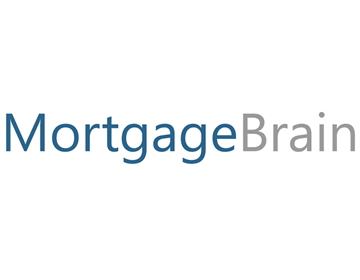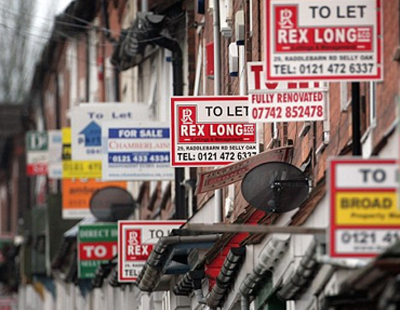
Revolution Brokers claim that bridging loan lending has increased by nearly 50% since the Bank of England base rates began rising at the end of 2021.
These are high-interest, short-term emergency loans used by homebuyers to bridge the gap between buying a new home and selling their existing home.
The mortgage experts reveal that in Q3 2022 bridging loans totalled £214.7 million in the UK.
That is the equivalent of a 20.3% quarterly increase, a 12.9% annual increase, and a 47.6% rise since Bank of England (BofE) base rates started increasing in Q4 2021.
At the end of 2021, the base rate increased to 0.25% at the end of 2021 to try and help recover the economy during the Covid-19 outbreak. Since this period, it has risen to 3%.
The average Loan-to-Value (LTV) has also increased, making today’s average LTV is 59.6%. Overall that is an annual decline of -0.6%, a quarterly rise of 3.5%, and an increase of 2.3% since base rates began rising.
This demonstrates the impact of rising base rates on homebuyers and means that people are now borrowing more than they were during the height of the pandemic.
Why bridge loans are rising
The most common reason for homebuyers taking out a bridging loan is because of a chain break. In total 22% of all bridging loans taken out in Q3 2022 were the result of a broken chain which is 4% higher than at the end of 2021.
Unregulated refinance is another reason why bridging loans are being taken out. This currently accounts for 13% of all bridging loans.
Many people usually take out the loan to aid the purchase of an investment property. While investment properties are currently the second-most common reason for taking out a bridging loan, the 16% of all loans they account for marks a -13% drop compared to Q4 2021 and a -8% drop in the past quarter alone.
These figures show that during economic uncertainty and the cost of living increases, people avoid spending money on investment properties.
Founding director of Revolution Brokers, Almas Uddin, commented: “At a time when investment purchases are dropping but total bridging loan lending is on the rise, it’s reasonable to conclude that the housing market has become increasingly volatile in recent months.”
“The rise in broken chains, for example, could be partially because many buyers are taking a look at living costs and rising mortgage rates and having second thoughts about imminent purchases, pulling out at the eleventh hour.”












.jpg)




Join the conversation
Be the first to comment (please use the comment box below)
Please login to comment